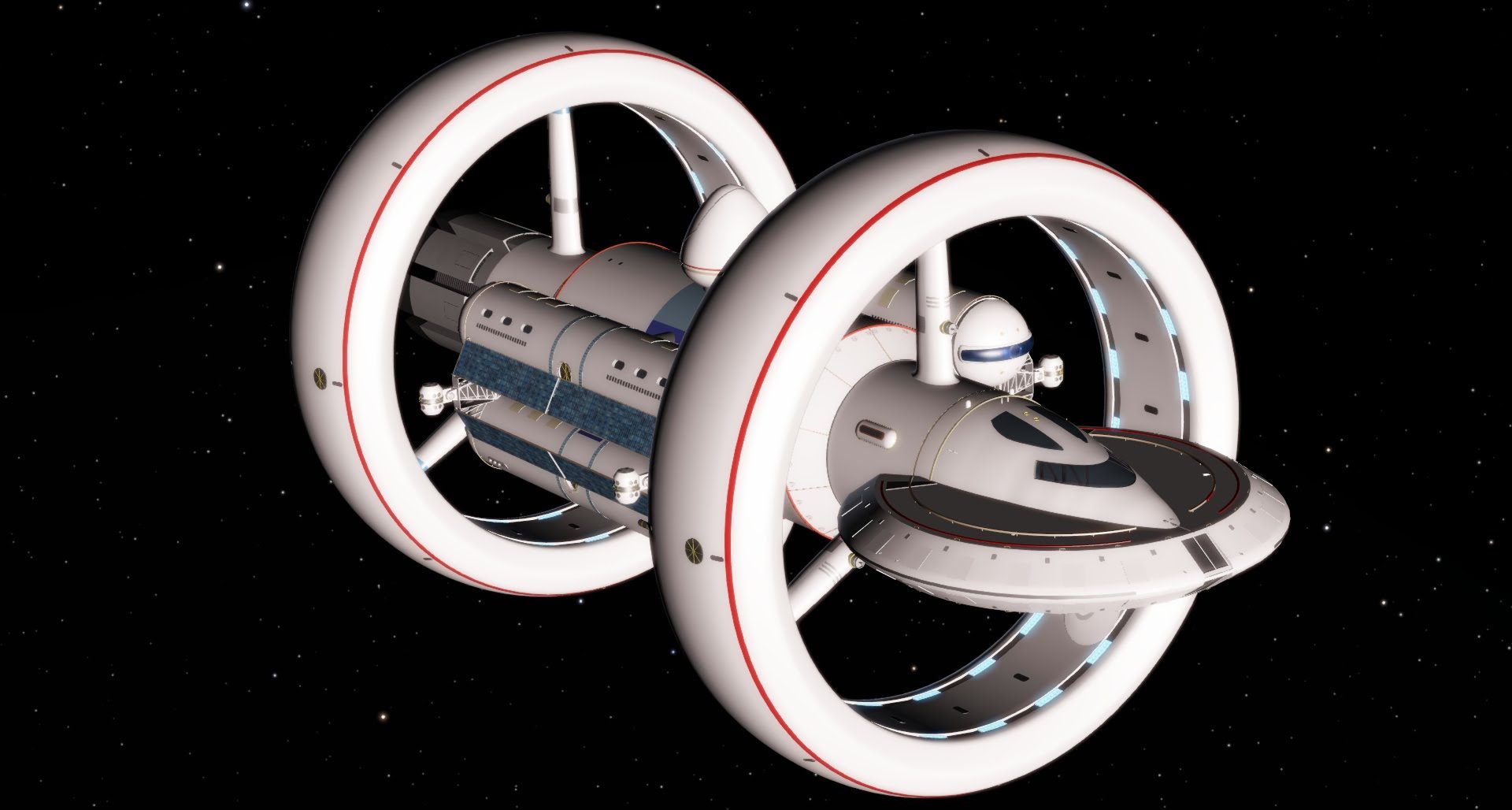Conversations in Transportation
Finding ways to make transportation exciting

Interest, desire, and need are motivational factors for conversation. Transportation seems like one of the most boring subjects for a conversation, yet aspects in its interest level is the opposite. What? It means the quickest way to an adrenaline rush is with a car. Cars are a prime target of fashion. Cars are a statement of social status. Private planes even more so.
For adrenaline, nothing gets attention like an explosion. Engines explode fuel for propulsion. Racecars are fun. Electric cars on the dragstrip might be fast but, not exciting.
To lessen the conversation; levitation as the means for future transportation, manifests silence. Does this further eliminate transportation as a stimulator for normal conversations? To make an even bolder move to fracture conversations: urban growth. Urban growth is another favorite for its unpopularity of conversation. Whereas everyone is a self-assigned transportation expert, nobody knows anything about urban growth.
What is a relevant conversation that stimulates interest? The future is something of interest and can’t be ignored forever. What happens when we tie the current patterns of urban growth to the future? Is this a matter of concern for people? Is it encouraging for people to read another monologue about the destructive nature associated with unsustainability? Seems rather senseless. What stimulates interest into the realm of sustainable urban growth enough to generate conversations? Talking about the weather is more popular.
Still, we have to find out an appropriate way to talk about the future of transportation. Is a conversation about manipulating gravity as a source for vehicle motion interesting? The word antigravity is more exciting but, that word is a misnomer.
Levitating vehicles that shoot through the sky in silence
Yeah, that’s good. Now, for the rest of the story. Would you fly to Mars if you could get there in two hours without the prohibitive impacts of a rocket launch? Would you fly there just to spend a night at a hotel if Jeff Bezo built a resort there?
Upon the question, the bigger question becomes: how.
CATTCC is busy discovering answers. Transportation on the edge of technological advance has to be fast, and safe. Its pursuit for efficient energy design follows nature and doesn’t explode. Answers begin with looking at the most abundant force in the universe. What is the definition of gravity? 400 years-ago Isaac Newton established the laws of how gravity works. He didn’t explain what it is.
What is gravity? How does it work? Amongst conversations in the scientific and armchair science community, opinions abound but, no one holds evidence of its origination.
What do we look for; in considering gravity as the source of motion for transportation? Specifically, it is the attractive force, more precisely: gravity’s binding process, that is our focus. All current forms of transportation use propulsion as the source of motion. Let’s look at the attractive tendencies of gravity as the source to attract an object. This is our focus of interest to utilize as the source of motion for a vehicle.
The point in searching for this discovery is society’s next step in transportation: it floats and its source for motion is gravity.
If you’ve been able to retain interest or even excitement thus far, stay tuned. Technology is moving into transportation and its going to move very fast.
The future of transportation floats and its source of motion is by gravitational force
To reach this objective, it has to be acknowledged that gravity is the most abundant force in the universe. What is the attractive force of gravity? Its force is measured with equations established 400 years ago. If you’re standing on Earth’s surface holding a set of keys in your hand and release the set of keys, it doesn’t require a college degree in physics to know what will happen: the set of keys will be immediately attracted to the ground.
What is gravity? How can gravity serve as the source of motion for transportation? According to the Biefeld-Brown Effect, which aligns a positive charge of a capacitor on the leading edge of a transportation apparatus and a negative charge on the trailing edge. Okay, that’s a magnet. This application is beyond the capability of magnetism; magnets aren’t attracted to all objects but electrogravitics applies to all matter. As a source of motion for transportation, how does this provide floatation or levitation? And how does this provide acceleration? Intuitively, common sense says that it involves spin.
This is where CATTCC is. We are still in discovery. What we have so far is a new theory that explains what gravity is. This is actually significant, however, the simplicity of its one sentence explanation lacks the accolades of global fanfare. Gravity is the angular momentum in the path of particle movement.
As a matter of trivial conversation, the process of discovery for gravity was an epiphany that transcended from a 45-year espial for the path of particle motion.
For a more detailed analysis, this writing is to encourage anyone interested to visit, participate and support the work CATTCC is doing. It’s part of the ameliorate journey.



